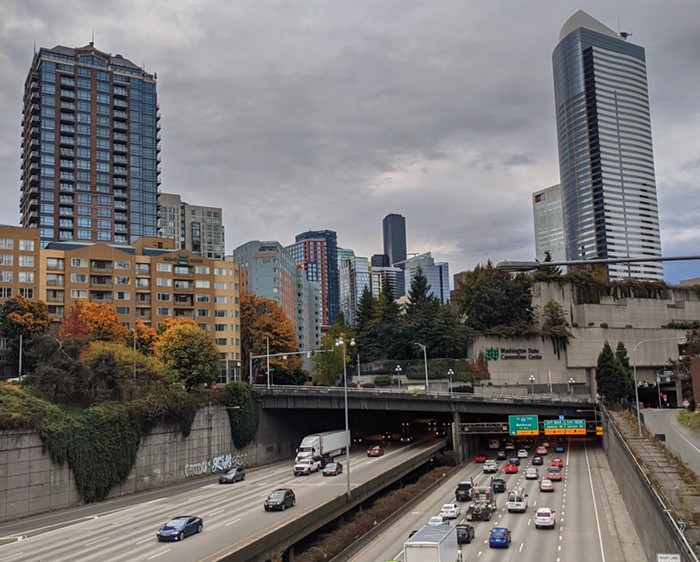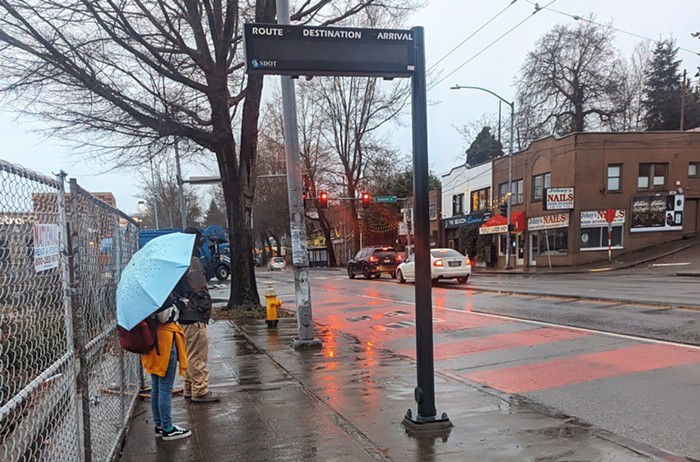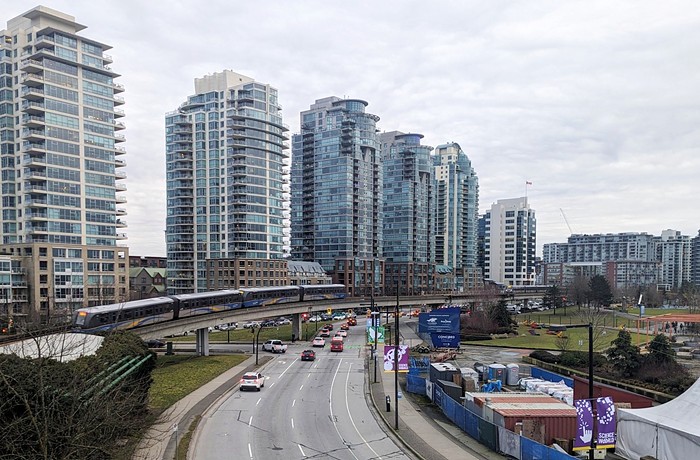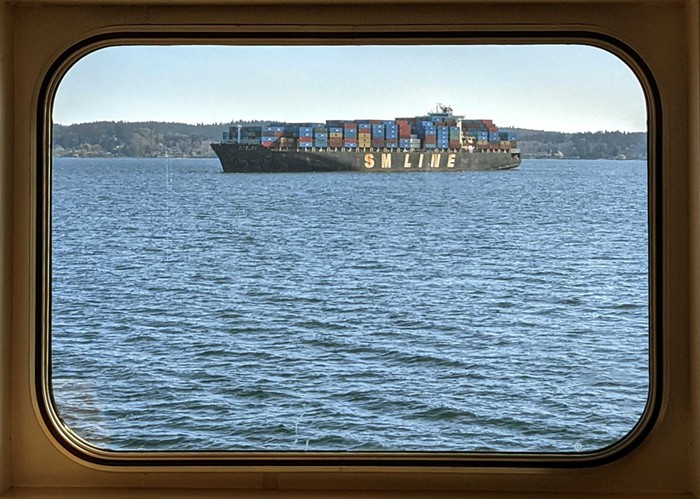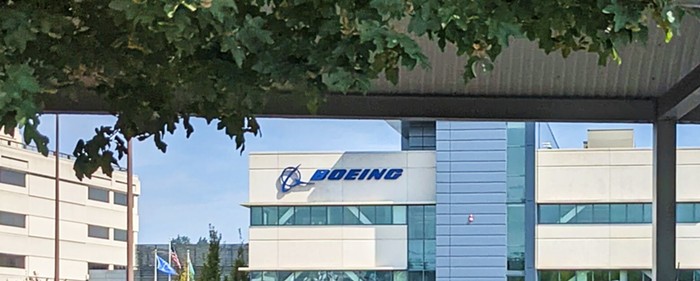
Mike Lindblom reports that "parking-structure costs [in the region] have climbed to $100,000." A part of the problem is the rise in property values. Another part is just plain madness. The planned Kent Sounder train station park-and-ride, for example, will cost $65 million—this, according to Lindblom, averages to $118,000 a stall (and recall that the cost of building an apartment in Seattle is $270,000). Madness. As for "bus shelters, walk and bike paths, and illumination"? They get a mousy $3 million. Even if the costs of the Kent project hadn't doubled (the initially estimate was $35 million), the money allotted to bikers and pedestrians would hardly be less mousy. But all of this reveals something deeper and more depressing. The fact is we are building an infrastructure of certainty when the future we are facing is radically uncertain, due to changing climate factors.
What do I mean by this? In mainstream economics (which is also called neoclassical economics) there is this idea that the future is exactly like the past. And so, the more you know about the past, the better you can bet on the future. This is called "the ergodic axiom." This kind of reasoning, which dominated Wall Street's market and price models for two decades, and is the twin of Laplace's demon, led us right into the financial crisis of 2008. These days, economists who require uncertainty be included in market models are not so crazy. But the lessons learned in economics have long to reach urban planning. We are still building according to what has happened in the past (car-centered suburban development). This worked for many years, but since Katrina (2005), the future is looking less and less like the past. In our post-Katrina world, what is needed for any kind of resilience is an infrastructure of uncertainty.
What does this require? Diversifying infrastructure in the way you diversify an investment portfolio. At the moment, our infrastructure of certainty looks like an investment portfolio that has 95 percent of its shares in ExxonMobile.
To conclude, I wrote this post while on a Link train that left Columbia City at 10:30 am. When I arrived at Capitol Hill Station at 11 am, I took the elevator up, turned right, then left, then came across two women and a man lounging in a parking space. They're with Seattle Greenways. They're participating in Parking Day Seattle. With all of the expensive parking we are building—and is likely to be useless not long after it's completed—the Parking Day Seattle event might prove to be a useful experiment for repurposing wasted space in the future.
Love the @UGreenways @UDistrictSquare parklet at 42nd & the Ave. Open til 6pm. Stop by and say hi! Nice job Cory & Katie. pic.twitter.com/oBTsijuCqm
— Cathy Tuttle (@CathyTuttle) September 15, 2017

